Greenhouse gardening is an excellent way to extend your growing season and enjoy fresh produce all year long, especially in Zone 6.
By creating the right environment, you can easily grow plants that thrive in this temperate zone and even venture into cultivating exotic varieties.
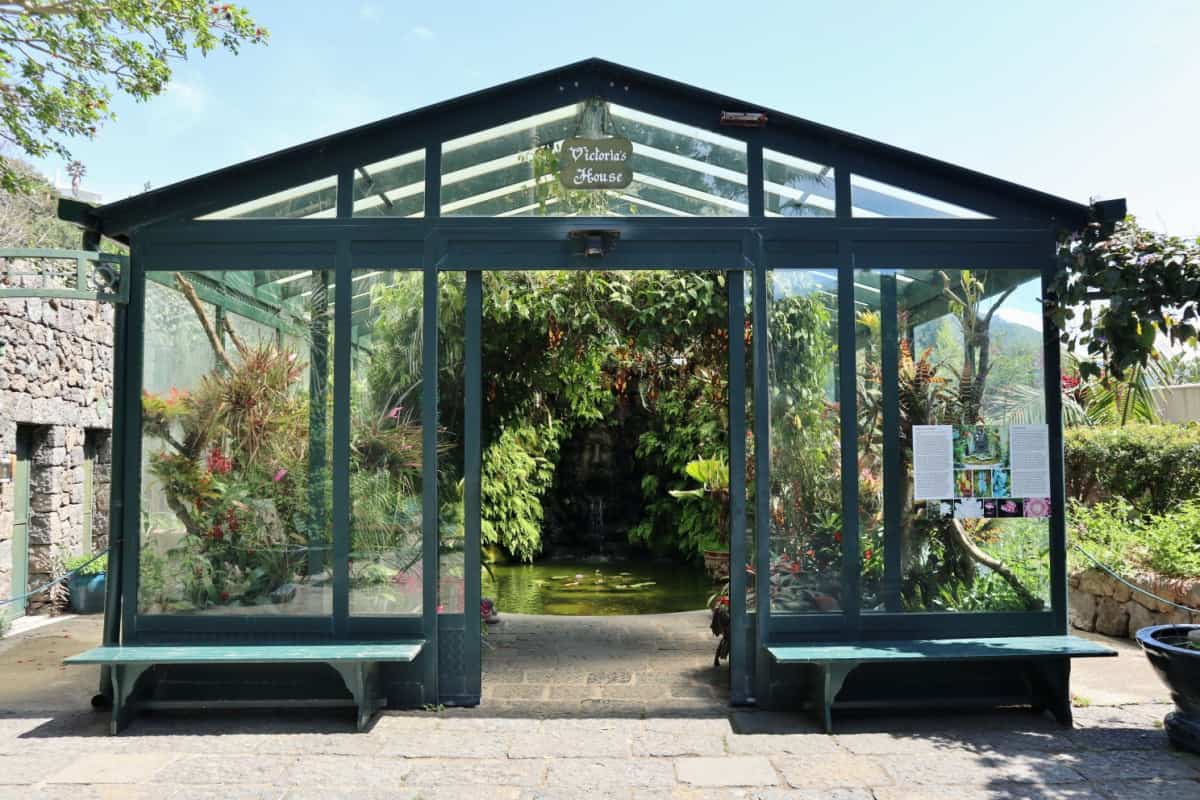
Jumping into greenhouse gardening may seem intimidating, but with a few key tips, you'll be well on your way to a successful and bountiful garden.
Understanding the Climate Characteristics of Zone 6
In Zone 6, you'll experience a range of temperatures that will affect your greenhouse gardening.
The average winter low temperatures in this zone range from -10°F to 0°F, while summer highs can reach up to 85°F or higher.
Due to the relatively mild climate, Zone 6 has a longer growing season than more frigid areas.
You'll typically have about 150 to 180 frost-free days each year, giving you ample time to reap the benefits of your greenhouse garden.
Plant Hardiness
The USDA Plant Hardiness Zone Map indicates that plants within Zone 6 can withstand temperatures as low as -10°F.
Thus, selecting appropriate plants is crucial for a successful greenhouse garden.
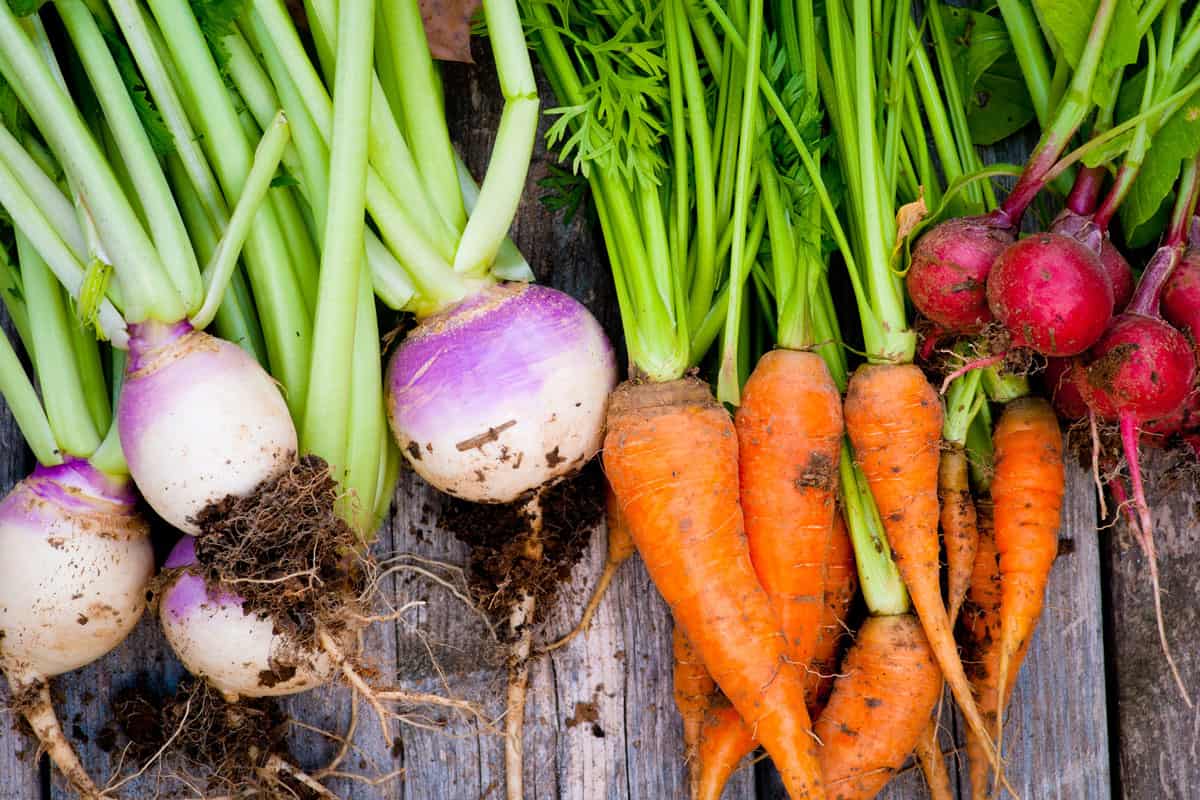
Here are some ideal plants for Zone 6 greenhouse gardening:
- Vegetables: Tomatoes, peppers, cucumbers, lettuce, and spinach can thrive in this climate.
- Herbs: Consider growing basil, cilantro, parsley, and dill to enhance the flavors of your dishes.
- Fruits: Berries, such as strawberries, raspberries, and blueberries, are well-suited to Zone 6 conditions.
Remember to research each plant's specific requirements, as even within Zone 6, there may be significant variations in microclimates, sun exposure, and other factors.
Selecting the Right Greenhouse
Here are the requirements and considerations when creating your own greenhouse in Zone 6.
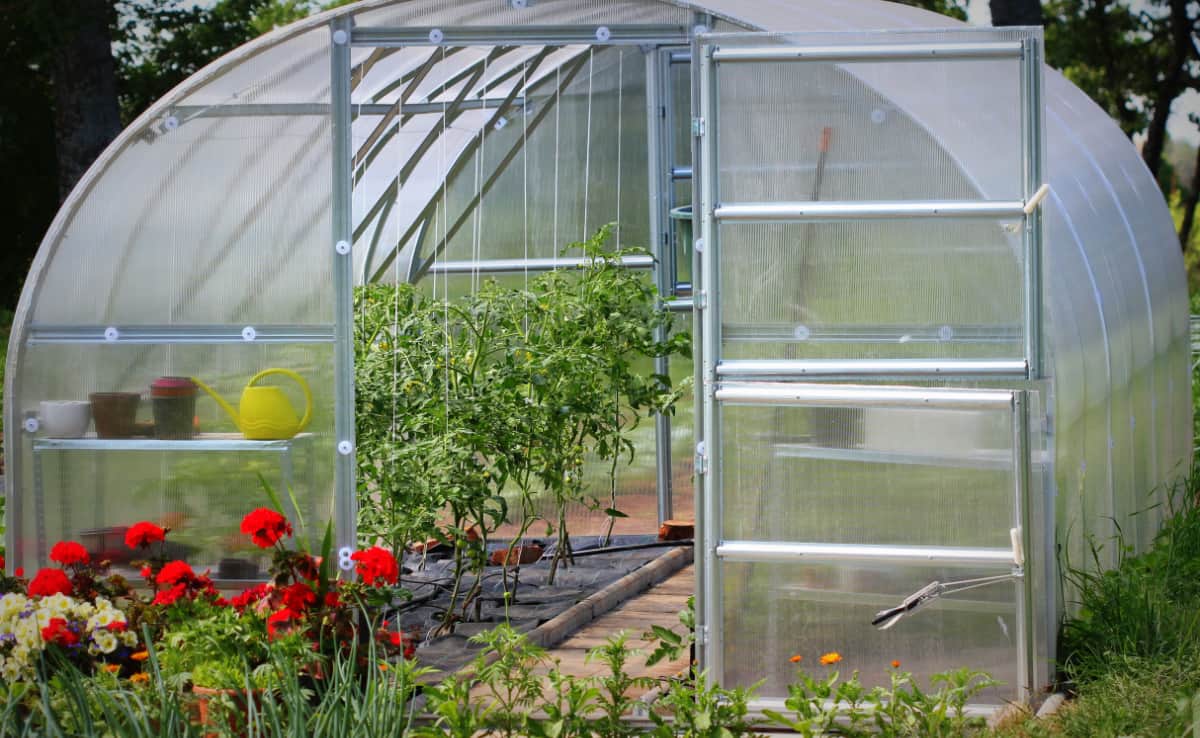
Size and Space Requirements
When planning your greenhouse garden in Zone 6, it's important to consider the size that best suits your needs.
Take into account the number of plants you want to grow and the amount of space they require.
As a general rule, most 6-inch pot plants need at least 1 square foot of bench space.
So, if you plan to grow 100 plants, you'll need a minimum of 100 square feet of bench area, plus additional room for walkways and aisles.
Materials and Costs
In choosing the materials for your greenhouse, consider both quality and cost.
Frame materials can vary from aluminum, steel, and wood, each with its own advantages and drawbacks.
As for covering materials, options include glass, polycarbonate, and polyethylene films.
It's essential to weigh the benefits, lifespan, and costs of each option, and select the materials that best meet your needs and budget.
Location and Sunlight
Finding the right location is crucial for maximizing sunlight in your greenhouse.
Most vegetables do well in full sun, which consists of over 8 hours of direct sunlight per day.
When planning the location for your greenhouse, aim for a spot with southern exposure and minimal shading from trees or structures.
Additionally, it's a good idea to orient the greenhouse in a way that encourages optimal sunlight absorption throughout the day.
Growing Plants in a Zone 6 Greenhouse
In a Zone 6 greenhouse, you have a diverse range of plants that you can grow.
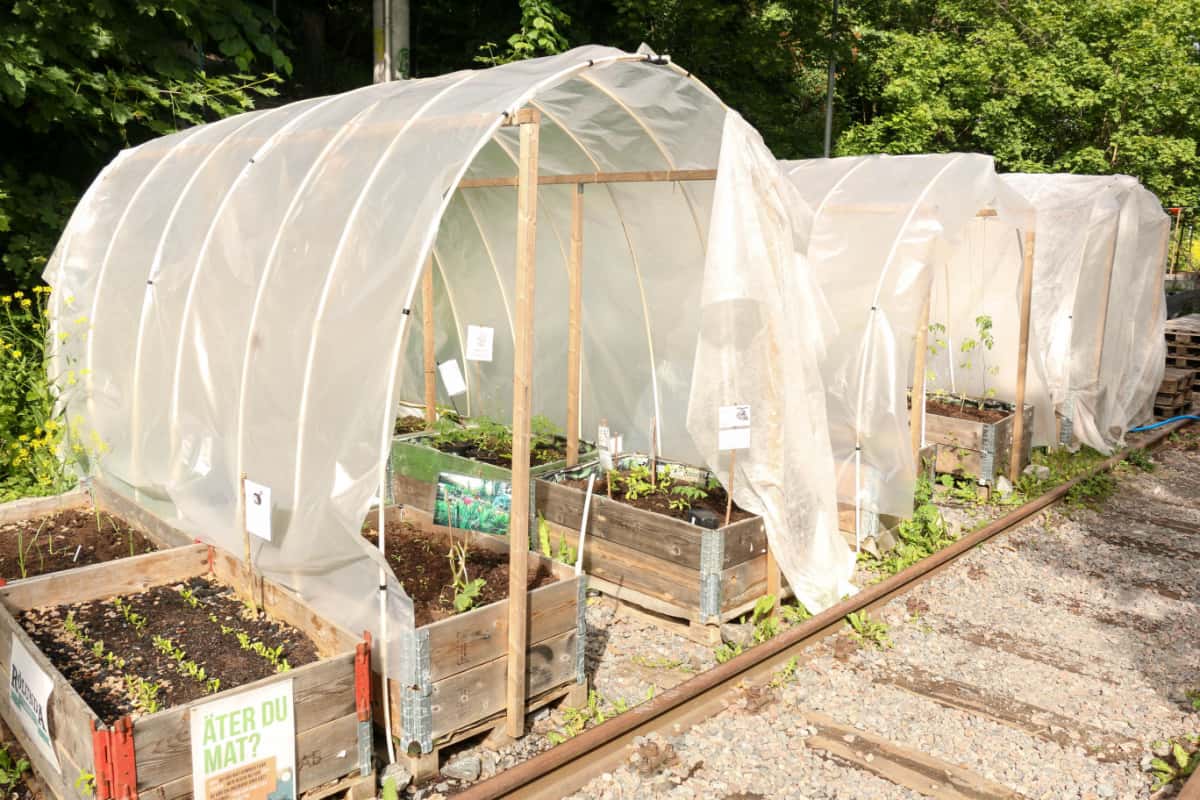
Your focus should be on selecting plants that thrive in your area's climate.
Some popular options for Zone 6 gardeners include tomatoes, peppers, lettuce, and herbs.
Additionally, you may want to consider adding flowers like marigolds, zinnias, and geraniums for a beautiful touch.
When choosing plants, also consider their light and temperature requirements.
Planting and Transplanting Tips
Follow these tips to ensure your plants have the best chance to thrive in your Zone 6 greenhouse:
Start Seeds Indoors
For plants with longer growing seasons, like tomatoes and peppers, start seeds indoors 6-8 weeks before the last frost date.
This gives them a head start and allows them to produce more during the growing season.
Proper Soil Mix
Use a high-quality, well-draining soil mix for your greenhouse plants.
Your mix should contain equal parts of peat moss or coco coir, perlite or vermiculite, and compost for proper nutrient balance.
Plant Spacing and Depth
Follow the recommended spacing and planting depth for each plant variety to ensure they have enough room to grow and access to proper nutrients.
Avoid overcrowding, as this can promote disease and hinder growth.
Transplanting Seedlings
Once your seedlings have developed a few true leaves and the risk of frost has passed, transplant them into your greenhouse.
Be sure to harden off your plants by gradually exposing them to the outdoor elements for a week or two before moving them into the greenhouse permanently.
Consistent Watering
Provide your plants with consistent and appropriate watering to support growth and prevent issues like diseases and pests.
Remember that the watering needs vary among different plant types, so always adjust your watering routine accordingly.
By following these tips and choosing the right plants for your Zone 6 greenhouse, you're on your way to a successful and enjoyable greenhouse gardening experience.
Temperature and Humidity Control
As a gardener in Zone 6, it's essential to maintain proper temperature and humidity levels in your greenhouse to ensure your plants thrive.
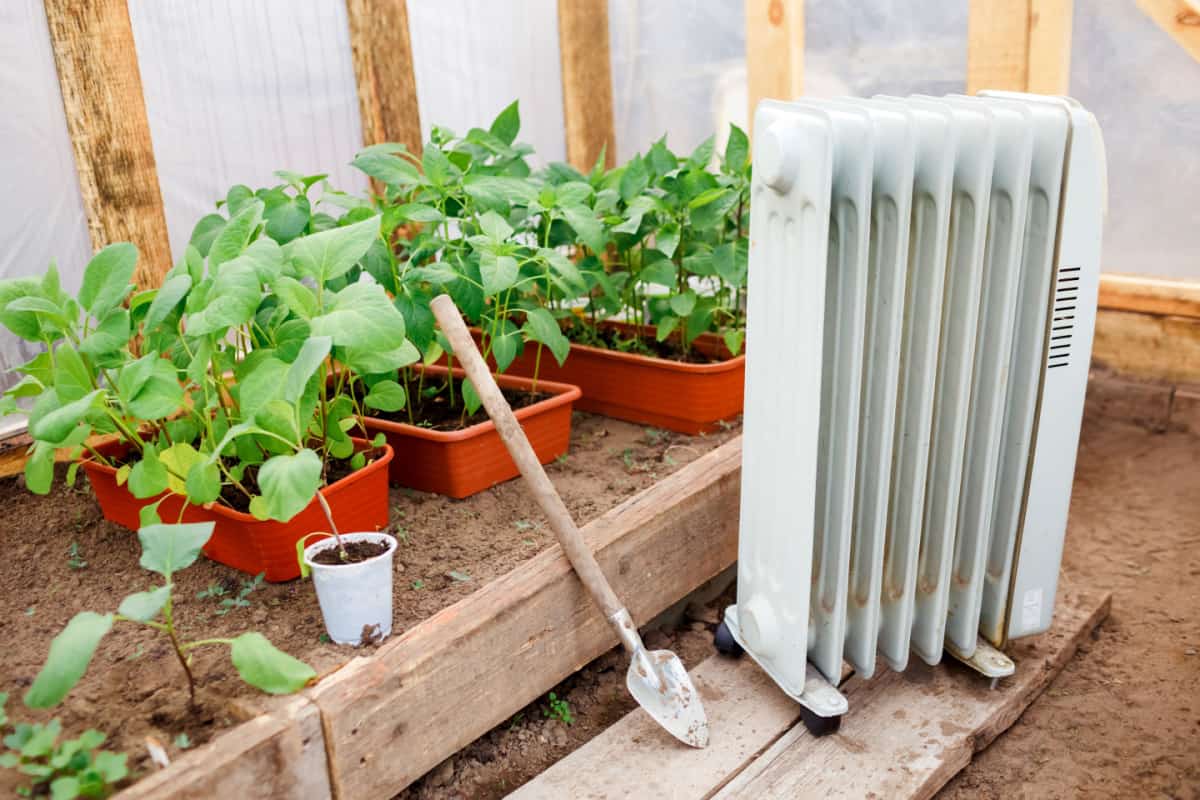
Heating Options
In Zone 6, winter temperatures can drop significantly, so heating your greenhouse becomes necessary. Here are some popular heating options:
- Electric heaters: These are convenient and easy to install. Remember to choose a heater designed specifically for greenhouses and consider using a thermostat for better temperature control.
- Gas heaters: Propane and natural gas heaters are efficient options. Make sure to provide proper ventilation to prevent the buildup of harmful gases.
- Solar heating: A more environmentally-friendly option is solar heating. You can use a solar heat exchanger or water tubes to store heat during the day and release it during the night.
Cooling Methods
During the hotter months, cooling your greenhouse is crucial to prevent excessive heat build-up. Here are some methods to keep temperatures down:
- Ventilation: Ensure proper airflow by installing vents and fans, including roof vents and side vents. Keep the doors open during the day to increase circulation.
- Shade cloth: Use shade cloth to protect your plants from direct sunlight, reducing the amount of heat entering the greenhouse.
- Evaporative cooling systems: Installing a system like a swamp cooler can help decrease the temperature by evaporating water and increasing humidity.
Managing Humidity
Balancing humidity levels in your greenhouse is vital to prevent diseases and promote healthy plant growth. Here are some ways to manage humidity:
- Circulate air: Use fans to constantly move the air, which helps prevent the formation of mold and mildew.
- Watering practices: Water your plants early in the day so the excess moisture evaporates before nighttime. Be cautious not to overwater your plants.
- Dehumidifiers: When the humidity level is consistently high, consider using a dehumidifier to remove excess moisture from the air.
By following these tips and closely monitoring the temperature and humidity levels in your greenhouse, you'll create an environment where your plants can flourish in Zone 6.
Irrigation and Water Management
When it comes to greenhouse gardening in Zone 6, proper irrigation is crucial for the success of your plants.
One technique to consider is drip irrigation, which provides water directly to the base of the plants, ensuring their roots receive the right amount of moisture.
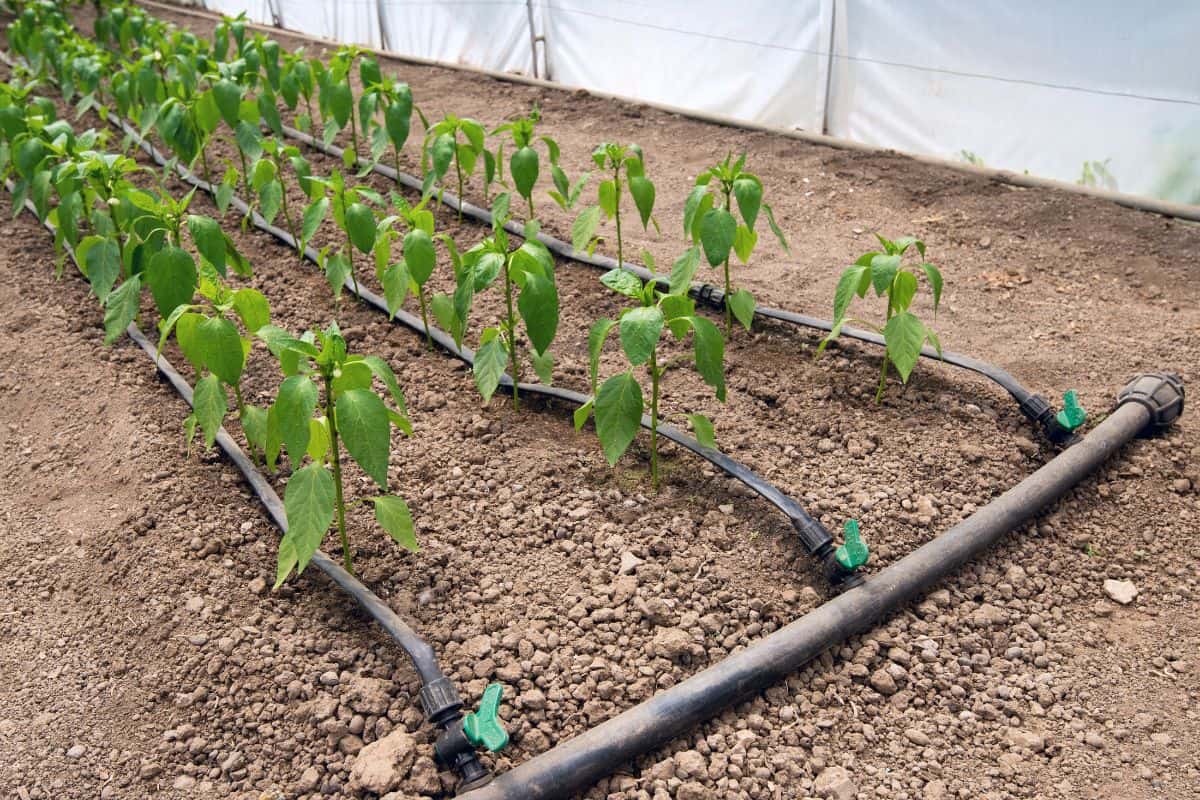
Another option is using soaker hoses that help to slowly release water into the soil, reducing wastage and ensuring that plants remain hydrated.
Alternatively, you can opt for hand watering using a hose, allowing you to target specific areas and control the amount of water each plant receives.
Conserving Water
It's essential to conserve water when greenhouse gardening, both for the environment and to reduce your overall water usage. A few tips to help with this include:
Monitor Soil Moisture
Regularly check the moisture of your soil, especially during the summer months when frequent checks may be necessary.
This will help you determine when it's time for irrigation, preventing over-watering. More information is available here.
Use Mulch
Applying mulch around your plants helps to reduce evaporation from the soil, keeping it moist for longer periods.
This will reduce the need for frequent watering.
Collect Rainwater
If possible, set up a rainwater collection system to use for irrigating your greenhouse garden.
This is an eco-friendly way to utilize a natural resource and save on your water bill.
Check out this video for a quick look at what's inside a Zone 6 greenhouse:
Consult With Experts for the Best Results
When selecting plants for your Zone 6 greenhouse, it's best to consult with local experts and reference guides to ensure that your plant choices are both climate-appropriate and well-suited for greenhouse cultivation.
This is most recommended if it's your first time building a greenhouse because the requirements for each structure will be different.
Finally, we encourage you to engage with fellow gardeners and greenhouse enthusiasts in your community or online.
This not only provides valuable knowledge and support but also fosters connections that can help broaden your understanding of greenhouse gardening in Zone 6.
We hope you will enjoy building your greenhouse!
For more information on companion planting inside your greenhouse, check out these other helpful articles:
Can You Plant Cucumbers And Tomatoes Together?
Can Cucumber And Cilantro Be Planted Together? A Quick Gardening Guide
